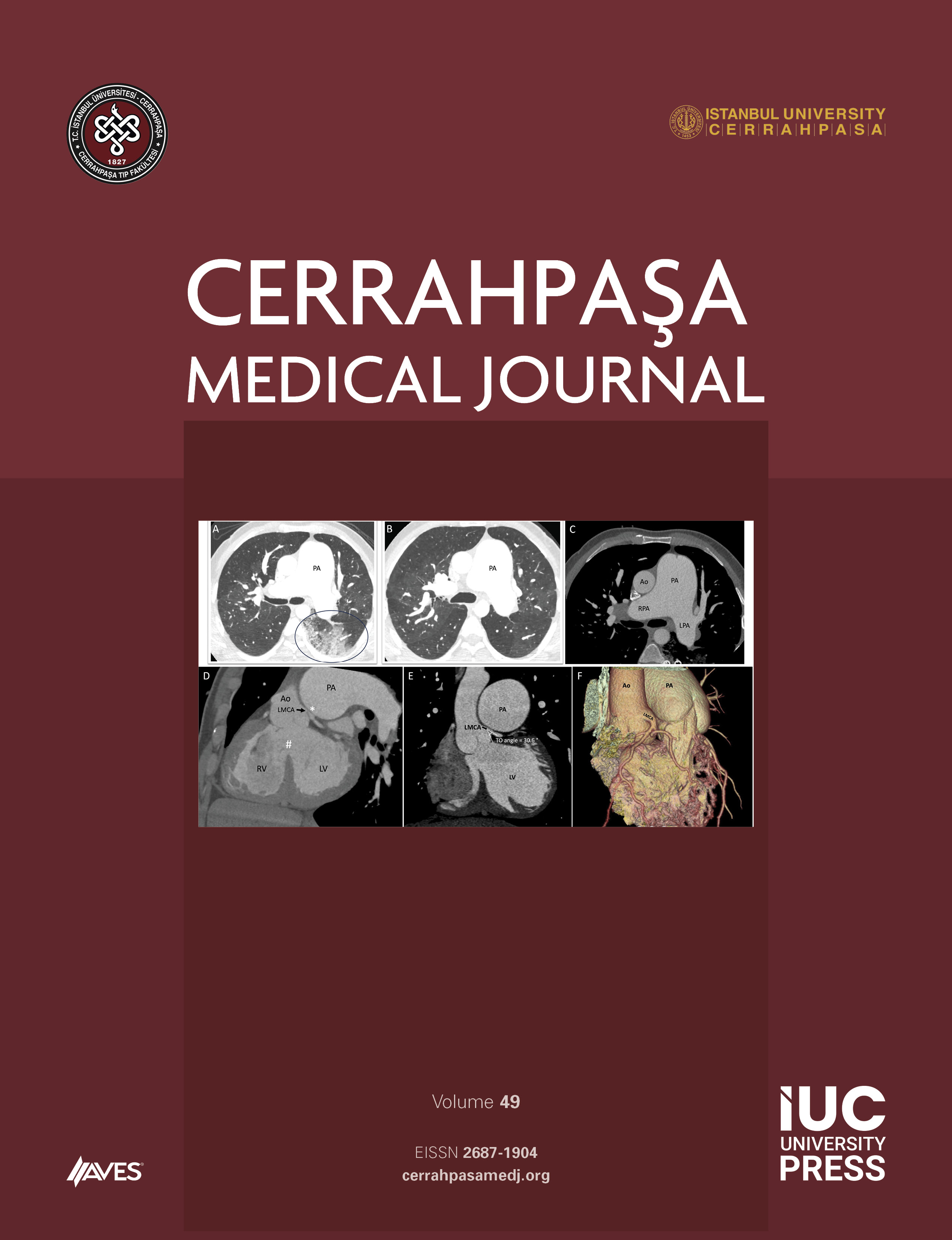Purpose: The aim of this study was to investigate the clinical and imaging features of intracranial mycotic aneurysms (MAs) in addition to endovascular treatment (EVT) results with different techniques.
Methods: Patients who underwent EVT for MAs between 2007 and 2021 were included in this retrospective study. All patients underwent at least one of the cranial cross-sectional imaging modalities [computed tomography (CT) or magnetic resonance imaging (MRI)] before EVT to demonstrate the presence of an abscess or intracranial hemorrhage. Digital subtraction angiography (DSA) examination was used to assess different MA characteristics. The primary goal of EVT in all cases was to prevent the filling of the aneurysm sac. In a case where direct access to the aneurysm could not be achieved, only the parent artery was occluded by the injection of an embolizing agent. After EVT, follow-up DSA at the sixth month and MRI and CT angiography examinations at the first year were obtained.
Results: Twelve patients with a total of 20 MAs were included, with a mean age of 32.83 (range 12-66). All of the MAs were located distally in the intracranial circulation. At the admission time, 5 (41.66%) of the patients had intracranial hematoma. Sixteen out of 20 aneurysms were treated endovascularly. Aneurysm sac embolization and parent artery occlusion were carried out in 12 (75%) of the 16 treated aneurysms. Newly developed aneurysms or aneurysms with residual filling were not detected in the sixth-month DSA.
Conclusion: Endovascular treatment can be safe and effective in most cases of MA. Early diagnosis and individualized treatment are key to the success of treatment.
Cite this article as: Korkmazer B, Karaman AK, Üstundag A, et al. Outcomes of endovascular treatment for intracranial mycotic aneurysms: A retrospective data analysis of a tertiary center. Cerrahpaşa Med J. 2024;48(1):1-7.



